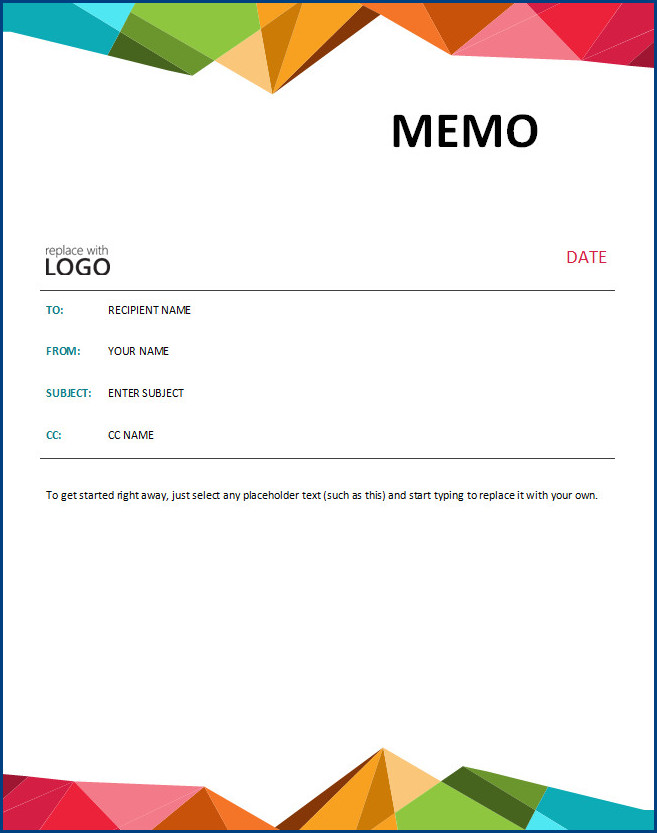What is a business memo?
A business memo, short for memorandum, is a formal document used within an organization to communicate important information. It serves as a means of internal communication between different departments or individuals within the company. The purpose of a business memo is to inform, request, or propose something to the recipients. It is typically concise, clear, and to the point, making it an effective tool for conveying information efficiently.
One of the key benefits of using a business memo is its ability to streamline communication within an organization. By providing a written record of important information, it ensures that all recipients receive the same message and can refer back to it if needed. Memos also offer a formal and professional way of communicating, allowing for clarity and precision in conveying instructions, updates, or decisions. Additionally, business memos can be used as reference documents in future discussions or when evaluating the effectiveness of certain decisions or actions.
Using business memos also has several advantages in terms of efficiency and time management. Instead of scheduling lengthy meetings or sending numerous emails, a well-written memo can effectively and concisely communicate information. This allows employees to quickly grasp the main points, saving time and increasing productivity. Moreover, memos can be easily distributed to multiple recipients simultaneously, ensuring that everyone receives the same information at the same time. This eliminates the need for repetitive conversations or individual explanations, improving overall efficiency within the organization.
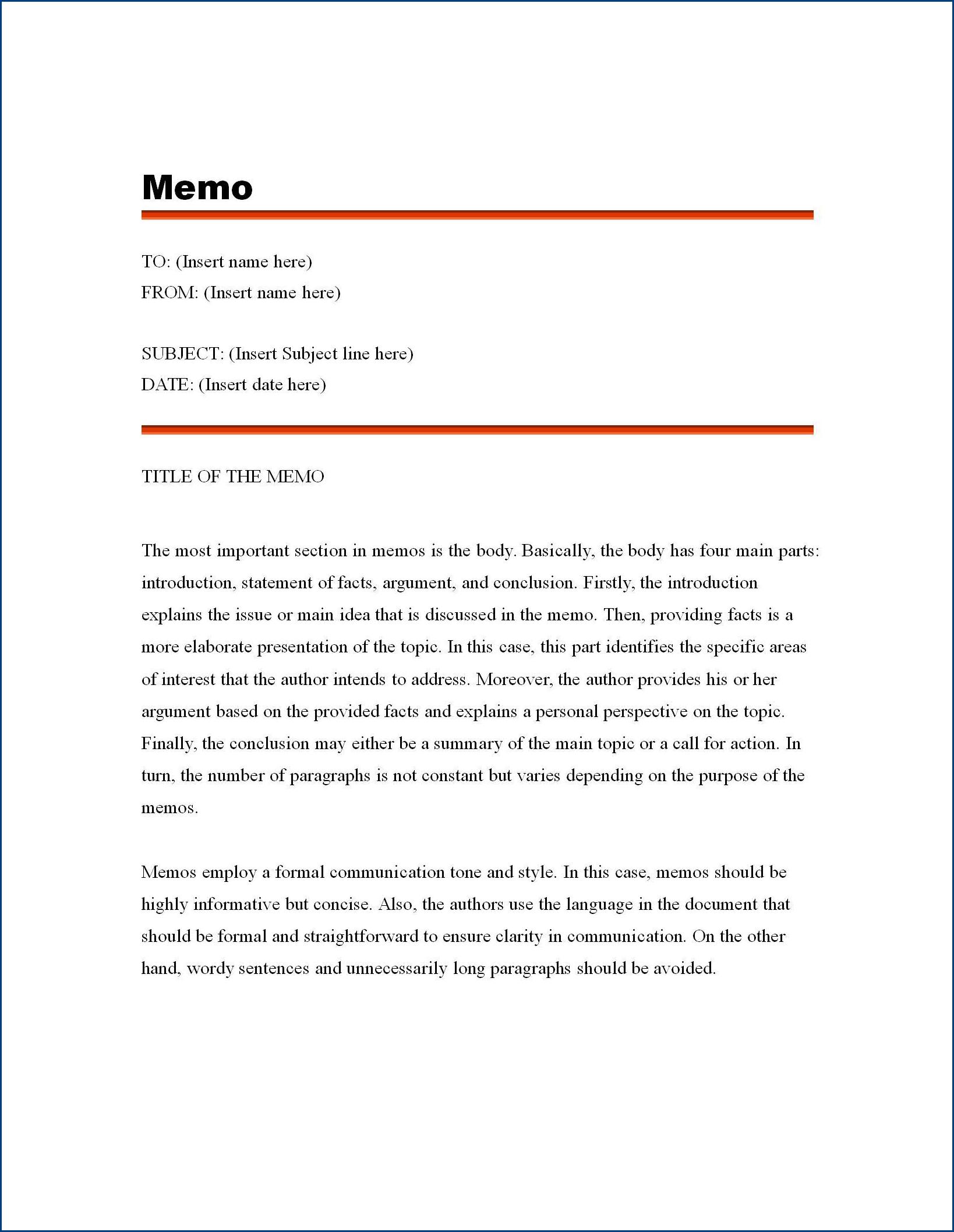
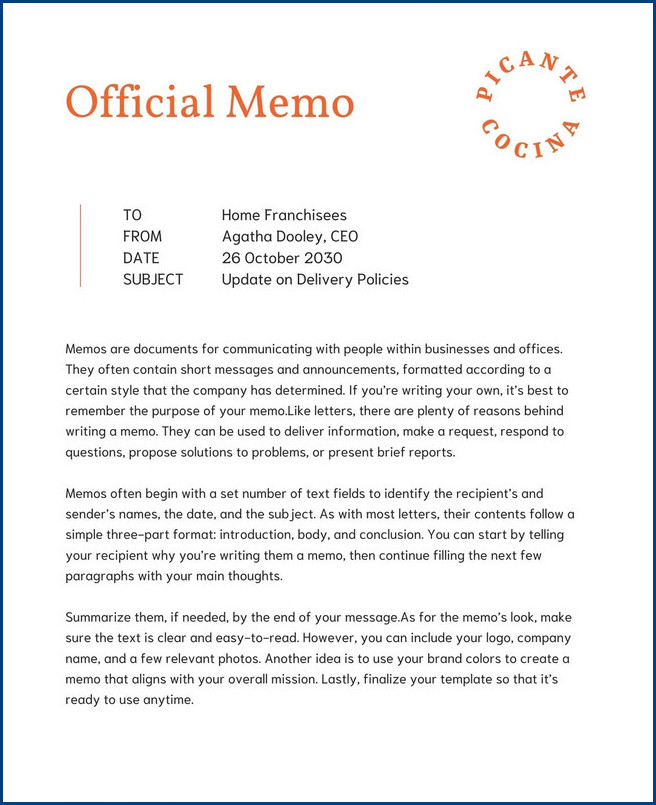
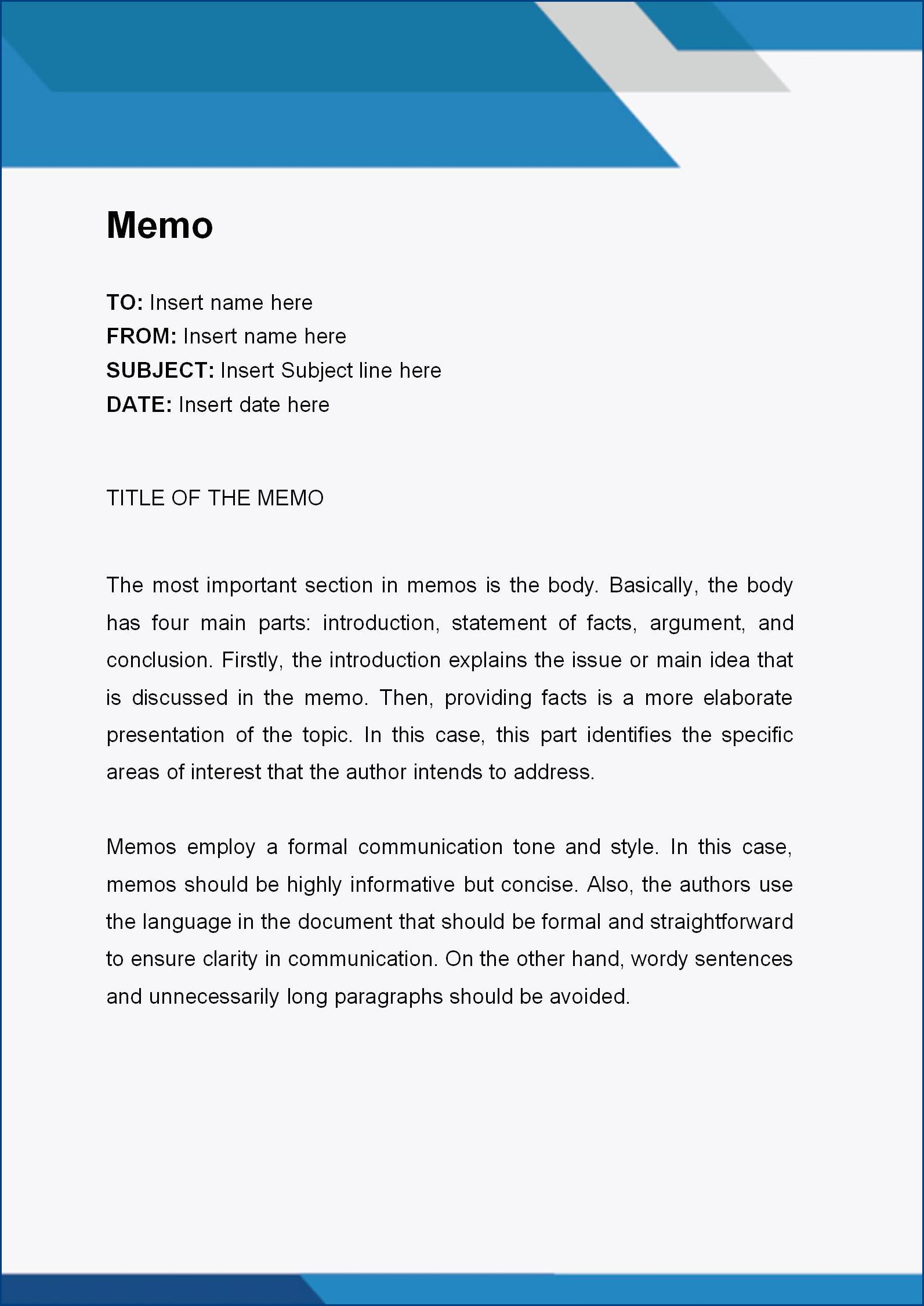
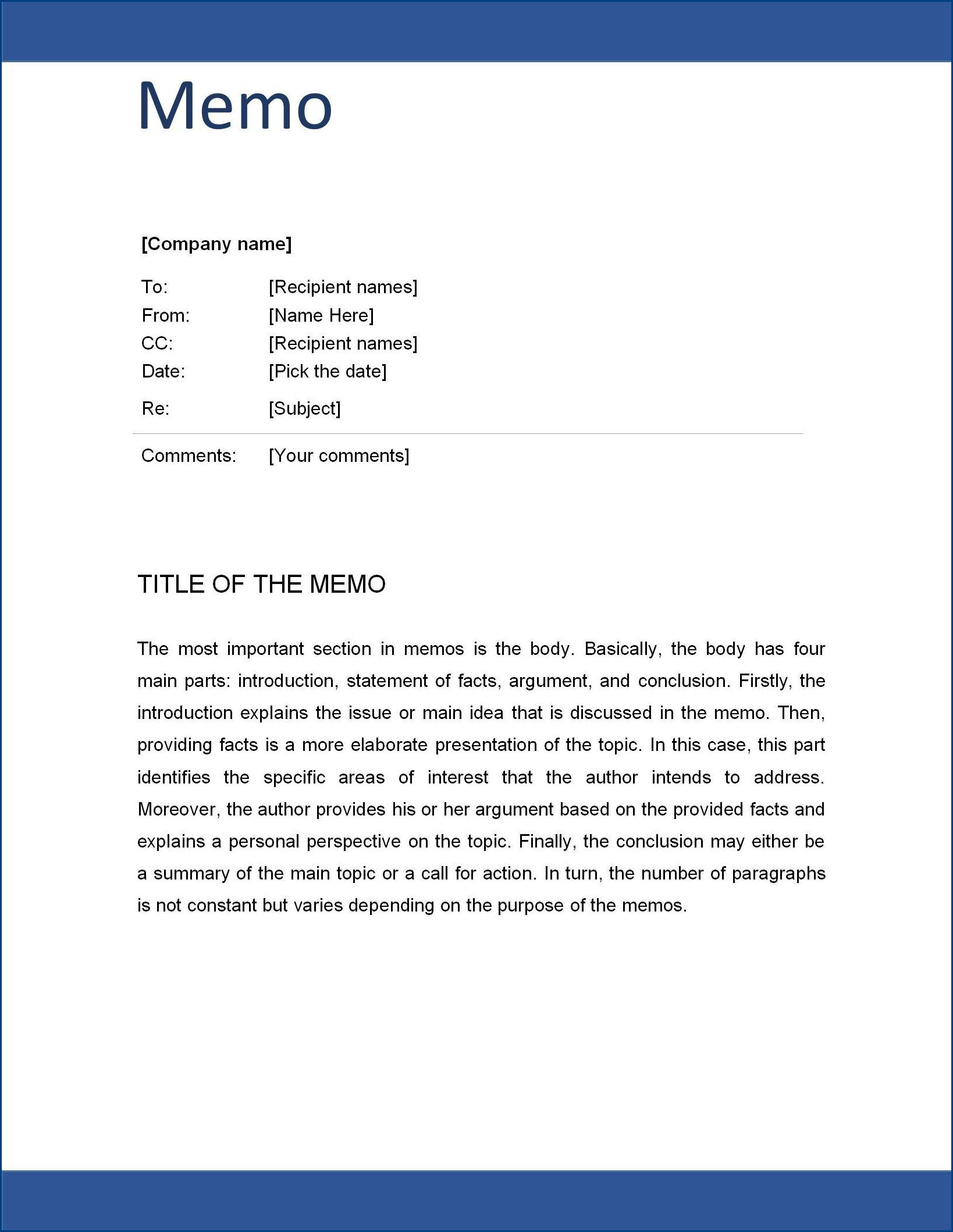
What are the 4 types of business memos?
There are four main types of business memos: field report memos, meeting minutes memos, response memos, and status memos. Each type serves a distinct purpose and is used in specific situations to effectively communicate with colleagues and superiors.
1. Field Report Memo
A field report memo is used to provide detailed information and observations about a specific event, project, or situation. It is commonly used by employees who have conducted on-site visits, inspections, or surveys. The purpose of a field report memo is to share findings, recommendations, and any necessary actions to be taken based on the observations made. This type of memo often includes data, photographs, or other supporting materials to provide a comprehensive understanding of the subject matter.
2. Meeting Minutes Memo
Meeting minutes memos are used to document the discussions, decisions, and actions taken during a meeting. They serve as an official record of the proceedings and are distributed to all attendees and other relevant individuals. Meeting minutes memos typically include the meeting’s date, time, location, a list of attendees, and a summary of the topics discussed. They may also outline any action items, deadlines, or responsibilities assigned during the meeting. This type of memo ensures that all participants have a clear understanding of the meeting outcomes and serves as a reference for future discussions.
3. Response Memo
A response memo is written in response to a previous memo, request, or inquiry. It is used to provide a detailed reply or address specific questions, concerns, or issues raised in the initial communication. A response memo should be concise, clear, and informative. It may include additional supporting information, explanations, or suggestions to assist the recipient in understanding the matter at hand. This type of memo ensures effective communication and helps maintain a productive dialogue between colleagues or departments.
4. Status Memo
A status memo is used to update colleagues, supervisors, or stakeholders on a project or task’s progress, achievements, or challenges. It provides a summary of the current status, including milestones reached, issues encountered, and any necessary adjustments or recommendations. A status memo can be used to keep everyone informed, align expectations, and make informed decisions based on the project’s progress. This type of memo is typically concise and highlights the key points to ensure that the recipient is well-informed without overwhelming them with unnecessary details.
How to create a business memo
Here are the steps to create a business memo:
- Identify the purpose: Before starting to write a business memo, it is crucial to determine the purpose of the memo. Whether it is to inform employees about a policy change, request action, or provide updates, clarifying the objective will help in structuring the memo effectively.
- Write a concise heading: The memo’s heading should clearly state the subject and purpose. It should be brief yet informative, grabbing the recipient’s attention and indicating the importance of the memo.
- Compose a clear opening: Begin the memo with a brief introduction that provides context and highlights the main message. This opening paragraph should be concise and engaging, encouraging the reader to continue reading.
- Organize the content: Use headings, subheadings, and bullet points to organize the content of the memo. This helps in presenting information in a structured and easily understandable format, making it more reader-friendly.
- Include relevant details: Provide all the necessary information related to the subject of the memo. This may include specific dates, deadlines, names, and any other details that are crucial for the recipients to understand and act upon.
- Conclude with a call to action: End the memo by clearly stating what action is expected from the recipients. This could be a request for feedback, adherence to a new policy, or any other specific action required.
Creating a well-crafted business memo is essential for effective communication within an organization. By following these steps, you can ensure that your memos are clear, concise, and impactful, enabling you to convey important information to your intended audience in a professional manner.
Business Memo Template | Word – Download
Business Memo Template | PDF – Download
